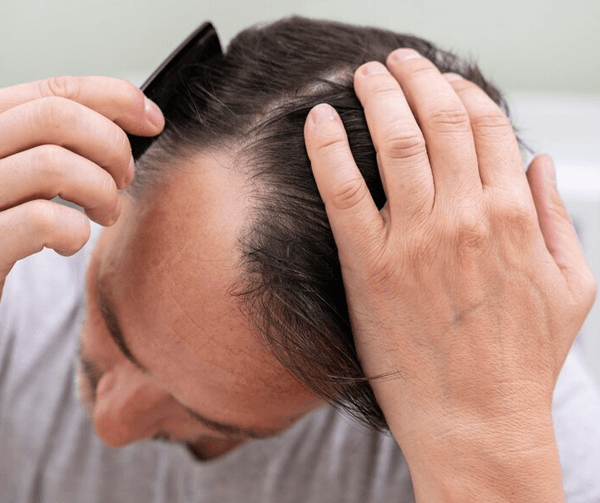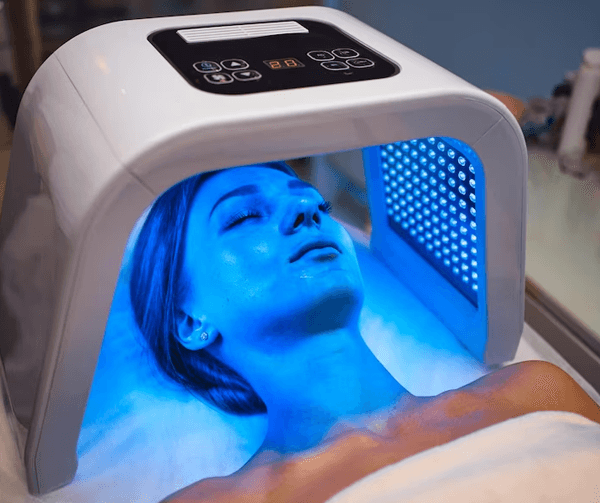Vitiligo Treatment
Vitiligo Treatment is also known as Melanocyte transplantation. Vitiligo treatment or Melanocyte transplantation is the advanced and newest surgical procedure used to treat the stable vitiligo, leucoderma and loss of pigmentation. Melanocytes are the dermal cells which generate melanin pigment. In some disorders like vitiligo, the body starts producing less melanin pigment. Vitiligo can occur due to an auto immune disorder which can cause minor to prevalent changes in the skin and can be due to hereditary predisposition too. The pigment loss can occur due to other reasons also such as post burn skin lesions, chemical injury, Piebaldism, nevus depigmentosus or Discoid Lupus Erythematosus.





